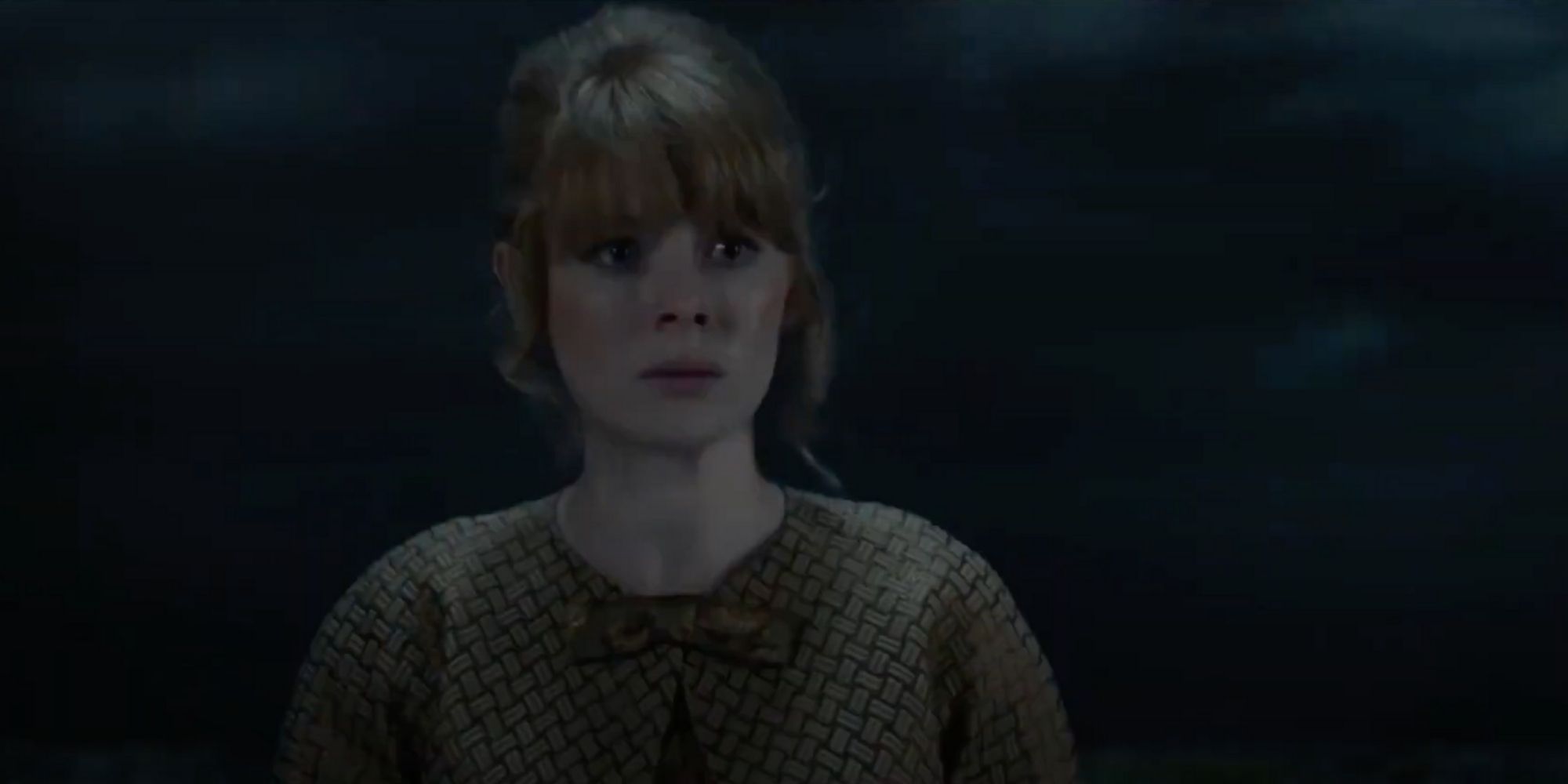Cruella, Disney’s live-action reimagining of the infamous One Hundred and One Dalmatians villain Cruella De Vil, suffers from an unfortunate characterization problem common to many Disney protagonists: fridging their parents. It’s been an ongoing theme of Disney movies that an alarmingly high ratio of leading characters in Disney stories are orphans. While removing these characters—parents, loved ones, etc.— makes for a convenient method of streamlining these films’ narratives, the prevalence of killing or otherwise depowering them falls into a more troubling broader issue of placing certain groups “in refrigerators,” so-to-speak. And disturbing as this trope may be, Cruella does manage an interesting twist on the formula.
“Women in Refrigerators” was first coined by Gail Simone to describe the trope prevalent in comic books wherein female characters are depowered—injured, raped, killed, etc.—in order to further the story of the protagonist, usually male. The term originated from Green Lantern #54 in which the titular hero’s girlfriend is murdered and stuffed in his refrigerator. This trend is well-documented and extends beyond merely the medium of comics or the genre of superhero stories. Women and minorities are too often “fridged” in media for the benefit of inspiring protective or other motivational qualities in white male protagonists. Examples can be found in stories of disparate mediums, including but not limited to The Killing Joke (1988), Memento (2000), Game of Thrones (the books as well as the HBO series), and even this year during The Falcon and the Winter Soldier.
Disney has long practiced fridging its protagonists’ parents for practical reasons. Offing a young character’s parents by Act I’s end not only trims the extra narrative dressing of involving their actions for the duration of the runtime, but also forces them to grow up—the central drive of such Disney classics as Bambi, The Lion King, and Frozen, among others. Cruella wastes little time in doing the deed, as Estella’s mother is hardly onscreen ten minutes before she is pushed off a cliff by those wicked Dalmatians, thereby propelling young Estella into her own journey shaped by the tragedy and giving Cruella a sympathetic backstory. But despite what those first few minutes would have viewers believe, Cruella has another trick up its sleeve.

While Cruella fridges the woman Estella has always known to be her mother early on, it is later revealed that the Baroness is, in fact, Estella’s actual birth mother. Does this remove the chill of the fridge from the film? Well, not exactly. Functionally, Estella’s mother, albeit not biological, still had to die in order to define her daughter’s character arc. What’s more, whether she was related by blood to Estella or not doesn’t change the fact that the story leverages a dead woman’s body to aide the protagonist as a mere plot device, adding to the ever-growing tally of women and minorities written so thinly in fiction. While Emma Stone’s version of Cruella isn’t the typical straight white male benefiting from this may recoup some feminist theory points, Cruella still earns the “fridge” badge.
The twist on the typical matricide which often accompanies Disney’s stories by no means makes Cruella a problematic film on the whole, nor does it discredit the rather creative take on existing Disney IP. As compared to the recent live-action remakes of the studio’s animated classics, this goes the way of Maleficent (2014) in breaking new narrative ground rather than retreading old material beat-for-beat. Fridging Estella’s mother is no more lazy than it is convenient, and while it may be excusable on a case-by-case basis, it does contribute to a problematic broader trend.




